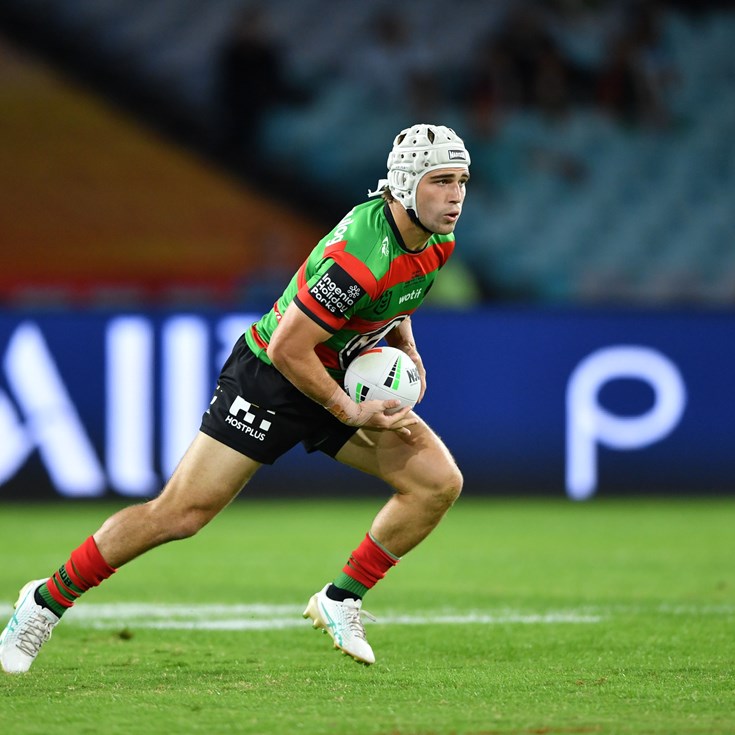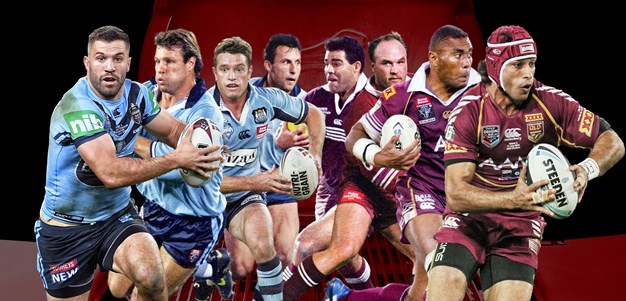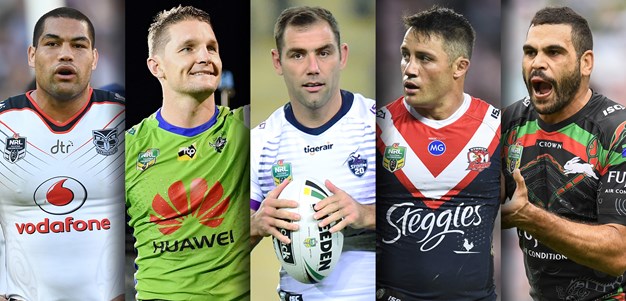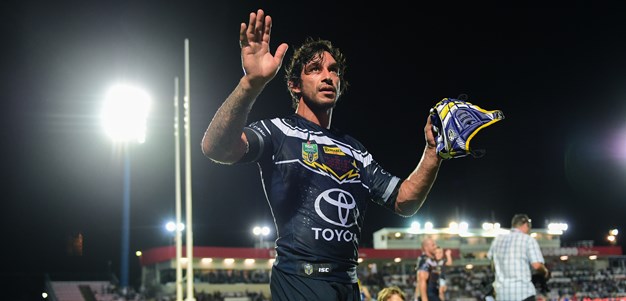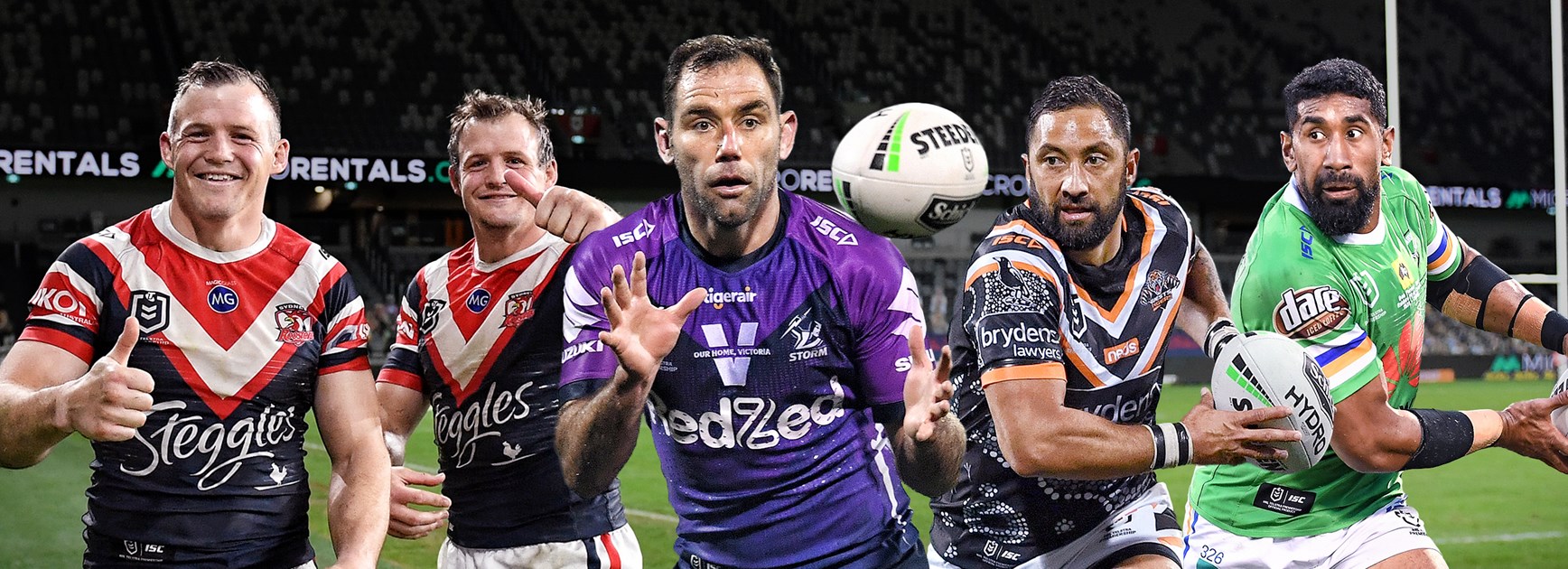
For much of his remarkable 19-year career, Cameron Smith has been mocked about his physique but the 423-game veteran has the strongest core of any player Kangaroos elite performance manager Troy Thomson has come across.
Nicknamed “The Accountant” by Melbourne Storm team-mates, Smith has been an inspiration for the growing army of players whose careers now extend well beyond 30 due to a combination of advances in diet, recovery, preparation, training methods, technology and genetics.
At 37 years of age Smith is currently the oldest player in the NRL but 60 others who have turned 30 or older have played this year and up to eight more – including 35-year-old Sonny Bill Williams – could join the list before the end of the season.
According to statistics provided by David Middleton’s League Information Services, the increase in senior players has been a growing trend since 2013, with Cronulla great Paul Gallen retiring last season as the oldest player of the NRL era at 38 years and 30 days.
While Smith is believed to be favouring retirement at the end of the season, if he was to play again in 2021 the former Australian captain would surpass Gallen as he celebrates his 38th birthday on June 18.
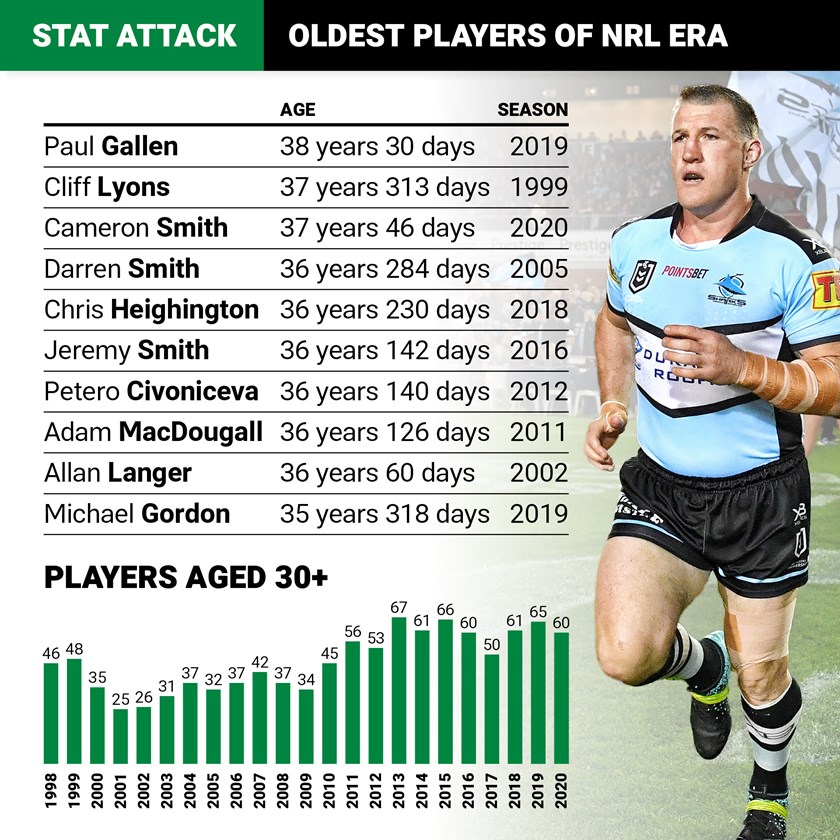
Manly great Steve Menzies, who retired at the age of 39 with Catalans in Super League, said: “It’s amazing the level that he can still play and continually do what he does.”
Smith is expected to announce his future before returning from a three-match layoff due to a shoulder injury in this weekend’s clash with the Sea Eagles, with speculation he will retire to enable the Storm to retain Brandon Smith and Harry Grant.
It is one of the few occasions Smith has been sidelined through injury in a career which also includes 42 State of Origin appearances for Queensland and 56 Tests for Australia.
Thomson, who worked alongside Smith for his first 10 seasons at the Storm and spent a decade with him in Maroons camps and another two years with the Kangaroos, said the reason one of the game’s greatest players was also one of the most enduring was largely because of hard work.
“As much as he probably wouldn’t like to admit it he is one of the best trainers I have known,” Thomson said. “He is not the strongest, but his core is by far the strongest I have ever seen so his ability to just control everything through the middle part of his body is exceptional.
“Genetics plays a really big part in it and I think he is blessed with some really good genes but from Smithy’s point of view he is probably the most well-prepared player, as well as being a really, really good footballer, who has been in and around really good programs for his entire career.”
Yet it isn’t only Smith who is defying age, with Brett and Josh Morris poised to re-sign with the Roosters, Canberra preparing to offer fellow 34-year-old Iosia Soliola a new deal for 2021 and 35-year-old Benji Marshall considering another season with Wests Tigers.
'It's a late maturer's sport'
Raiders recruitment manager Peter Mulholland said players were often peaking later, with the average age of debutants in the NRL between 2014 and round 2 this season, when the competition was suspended, being 21.8 years of age.
There have been more players turning 30 or older this year who have played NRL this season than players 21 or younger.
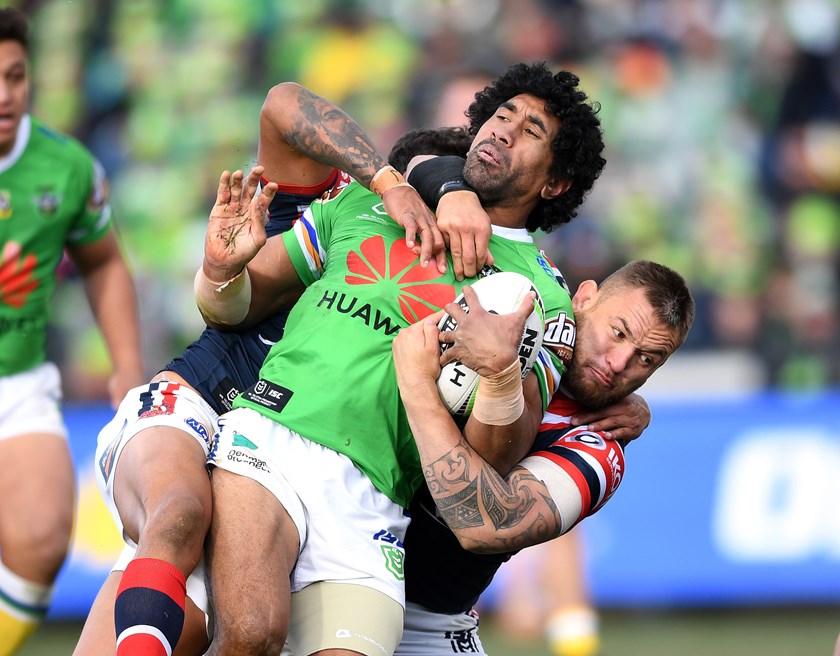
Canberra have seven players who are over the age of 30 or will turn 30 later this year, including English pair Josh Hodgson and Elliott Whitehead, captain Jarrod Croker, Jordan Rapana, Dunamis Lui, Michael Oldfield and Soliola.
Croker recently re-signed, while Mulholland said the club was keen for Soliola to continue playing in his 35th year.
“I don’t look strategically at age,” Mulholland said. “It’s a late-maturing sport to start with. People used to say ‘you’ve turned 30, you have got to retire’, but that’s a load of s....
“I think the changes in training, medical science and performance management has enabled people to play longer.
“With Cameron Smith, I never think about his age. I just think he is a great player. Wade Graham is over 30 and the Morris boys are just getting better all the time. It’s not a young man’s sport as a lot of people think, it is a late maturer’s sport.
“We are looking at talking to Sia about another year as well. It is just a year-by-year proposition. We will certainly look at Elliott Whitehead when he is up [off contract] and see how he is travelling. Jarrod Croker is no spring chicken and we have got him for another three years.”
'Put a $ sign on each year'
Athletes are also playing for longer at the top level in other sports around the world, with NFL legend Tom Brady still playing at 43, NBA superstar LeBron James turning 36 this year and soccer great Lionel Messi recently celebrating his 33rd birthday.
“I have lost count of the number of times I have sat in a one-on-one meeting with an older player and told them the story about Linford Christie winning the Olympic gold medal at Barcelona in the 100 metres – the most prestigious sporting event in the world – at 32 years of age,” Penrith head of performance Hayden Knowles said.
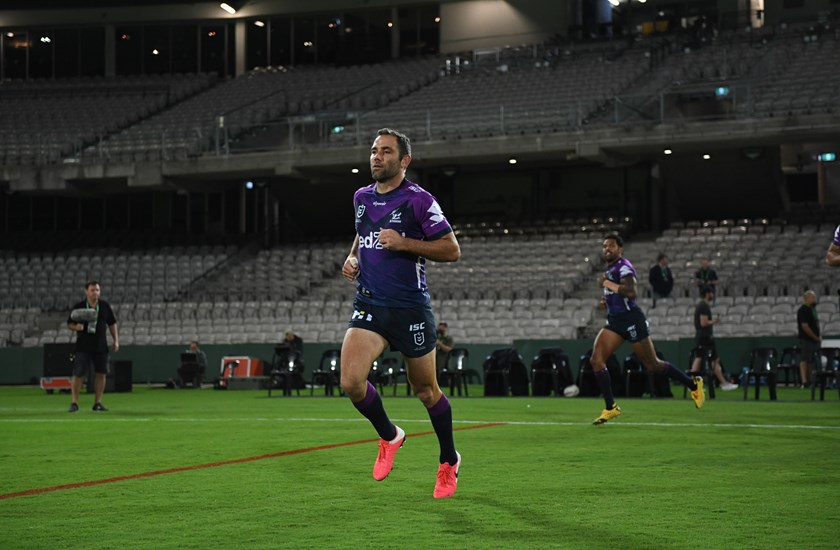
“You have to be the most finely tuned athlete in the world to do that and he did it at 32. You look at James Tamou in our team, he is 32 and when he gets his shirt off he is ripped.”
Athletes naturally decline with age but sports science and technology have enabled players to play for longer and the money the stars can earn has given them a greater incentive to ensure they can.
“Most guys work out how valuable that attention to detail is at the back end of their careers but they are starting to work it out younger,” Knowles said.
“You only need to put a $ sign on each year. If you are still playing at 30 you are a pretty red-hot, experienced player who is valuable to a team, so if you can look after yourself it is potentially worth $500,000 or more.”
With GPS tracking, performance staff at NRL clubs are able to monitor the workload of players in games and at training, while there are devices to measure muscle imbalances, test hamstrings and perform body composition scans in a bid to prevent or reduce the risk of injuries.
Thomson said players are also investing in recovery equipment to prolong their careers.
“When I started at Melbourne in 2001 to have blokes over 30 was a very rare occurrence,” he said. “I think it comes down the preparation and recovery and the sports science and sports medicine teams that are in and around the clubs these days.
“Some of the best players also understand that by buying a Game Ready machine or recovery boots and all those different things to aid their recovery, they are actually investing in themselves and their future. If you are getting another couple of years at the end of your career that could be worth $1 million.”
'Then there's Cameron'
Warriors recruitment manager Peter O’Sullivan, who helped recruit the likes of Smith, Billy Slater and Cooper Cronk to the Storm, said the emphasis on preparation and recovery, along with a reduced drinking culture, had made a huge difference to the longevity of players.
But O'Sullivan added: “There’s rules for everyone and then there’s Cameron Smith”.
Menzies, who played 349 games for the Sea Eagles or Northern Eagles and another 128 in Super League, said experience gave senior players a significant advantage over their younger rivals if they were able to maintain fitness and motivation.
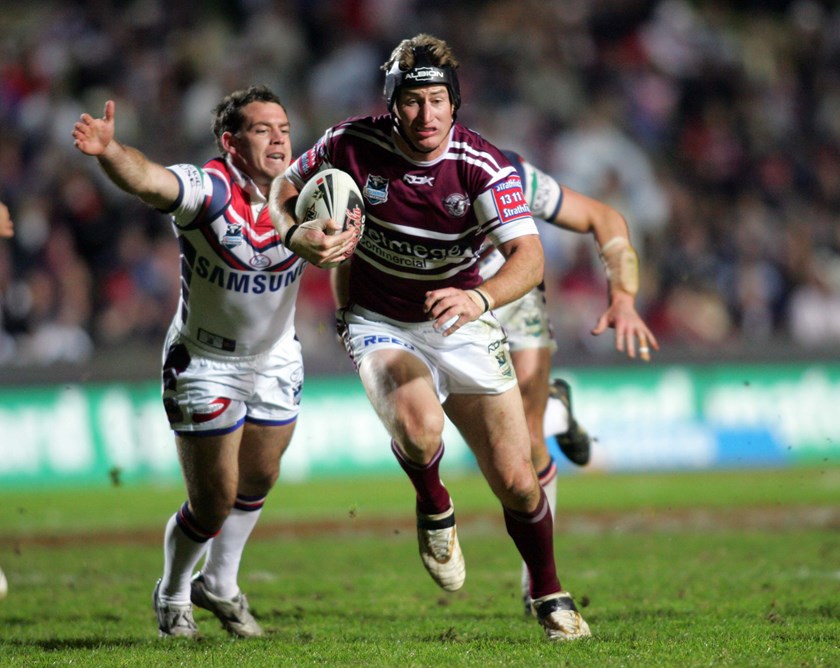
“You might be two yards slower but your anticipation is better so you can take off five steps before a young bloke knows to leave because you can sense or see or feel where you need to be before they do because of experience,” Menzies said.
“Cam Smith has always had the ability to see things before other people see them or sense them. He is world class at everything like that.
“When you are a speed-type player it is harder to play longer because that doesn’t hang around for as long but his little subtleties and the way he plays is based on skill and attention and anticipation.
“To kick and do all those things that he does you don’t need to sprint 30 metres at speed so it is conducive to playing longer.”
Thomson said the influence of Craig Bellamy’s disciplined regime at the Storm couldn’t be underestimated in assessing why Smith, Slater and Cronk had all enjoyed long and successful careers.
However, he believes the on-field awareness the top players have also gives them an ability to avoid injuries.
“The thing I notice with guys like that is they just have this innate ability on the field to see things before anyone else can and to avoid situations where they are going to get injured as well,” Thomson said.
“I have been lucky enough to stand in behind those guys over so many years and see them play and you look and you think ‘he’s going to get smashed here’ but they just have this ability to turn their body or get themselves in a position where the impact or the severity of the collision is nowhere near what it could have been.”
The views in this article do not necessarily express the opinions of the NRL, ARLC, NRL clubs or state associations.

